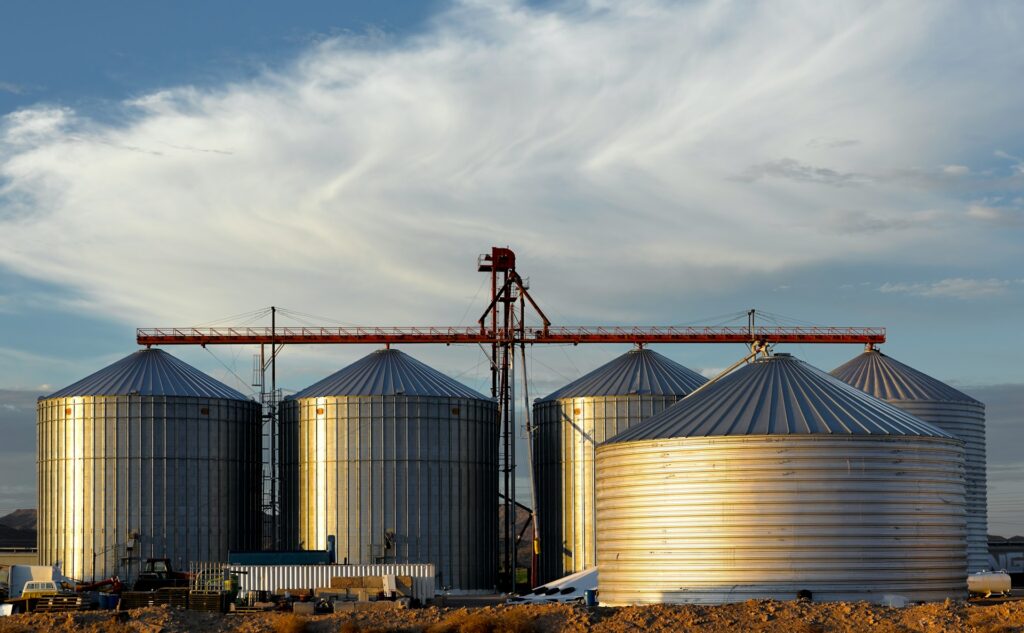How Real-Time Rail Network Data is Transforming Agricultural Shipping

Rail Challenges for Agriculture
For agricultural shippers, rail is the backbone of transportation, moving millions of tons of grain, oilseeds, and processed products across North America. But while rail is essential, it can also be unpredictable for shippers. Delays, equipment shortages, and limited communication can create high costs but shippers often lack the real-time visibility to know how to react or what they can plan for.
Right now, the data shippers receive is limited to their Car Location Messages (CLMs), just for their own cars. There is no information about what is impacting those cars and shippers are left in the dark about critical factors such as system bottlenecks, service disruptions, and true transit times. The result?
- Unreliable ETAs: Without real-time insights into arrivals, planning labor, equipment, and inspectors can be costly guesswork.
- Demurrage Disputes: Billing disputes over placement times and car conditions arise from inaccurate or missing data.
- Missed Market Opportunities: Grain markets shift fast, but lagging rail data means shippers can’t react quickly enough.
- Opaque Rail Service Performance: Railroads provide limited service transparency, making it difficult to diagnose bottlenecks or negotiate better service.
But what if Ag shippers had real-time rail data that went beyond just the limited CLMs for their own cars?
5 Ways Real-Time Rail Data is Solving Agricultural Shipping Challenges
1. Accurate First-Mile & Last-Mile Management
Problem: The last CLM update typically occurs, if it happens at all, when a train leaves a serving yard. This is often hours away from an elevator, so if a delay occurs, plants don’t know until the train doesn’t arrive. That means misaligned crew scheduling and costly idle time.
Solution: With independent, real-time data, shippers get accurate ETAs based on actual train movements. RailState’s AI-powered sensors track when a train is truly approaching a facility, providing alerts for delays and unexpected stops.
Benefit: Smarter crew scheduling reduces labor costs, prevents delays, and improves efficiency at loading and unloading sites.
2. Verified Rail Delivery & Billing Accuracy
Problem: Railroads’ placement reports are sometimes inaccurate or delayed, leading to demurrage charges and billing disputes. And manual validation is time-consuming and costly.
Solution: RailState sensors at plant gates record timestamps, car details, and even images, providing indisputable evidence of car arrivals, order, and condition.
Benefit: Agricultural shippers gain stronger control over billing disputes, reducing unnecessary demurrage fees and improving financial transparency.
3. Optimizing Rail Equipment & Secondary Freight Market Decisions
Problem: Fluctuating transit times make it difficult to plan rail car allocations, leading to either overcommitting to leases or struggling to secure equipment when needed.
Solution: Real-time commodity flow tracking allows shippers to see how long cars are actually in transit to know the true state of the market and adjust secondary freight market decisions accordingly.
Benefit: Cost savings from more precise equipment management, reducing over-purchasing or last-minute market premiums.
4. Moving on Market Changes When It Matters
Problem: Grain markets move quickly, but existing transportation data lags by days or even weeks, leaving traders reactive rather than proactive.
Solution: RailState’s network-wide visibility provides immediate insights into volume shifts, bottlenecks, and disruptions. Shippers can spot demand trends as they emerge rather than waiting for outdated reports.
Benefit: Faster decision-making enables agricultural companies to seize market opportunities and mitigate supply chain risks before competitors.
5. Identifying Mutual Benefits
Problem: Shippers struggle to pinpoint why service failures occur or where improvements could be made. Lack of transparency into railroad operations makes it hard to find common ground based on facts to explore mutually beneficial changes.
Solution: RailState’s freight network monitoring offers full visibility into system-wide delays, enabling shippers to identify local bottlenecks and work with railroads to implement targeted improvements.
Benefit: Better collaboration with the railroad to secure long-term service enhancements and system improvements.
The Future of Rail for Agriculture
The agricultural supply chain is too valuable to rely on fragmented and outdated data. With real-time rail network intelligence, shippers gain a competitive edge—reducing costs, improving reliability, and responding faster to market conditions.
Ready to take control of your rail operations? Learn how RailState’s real-time network insights can transform your rail strategy today.
